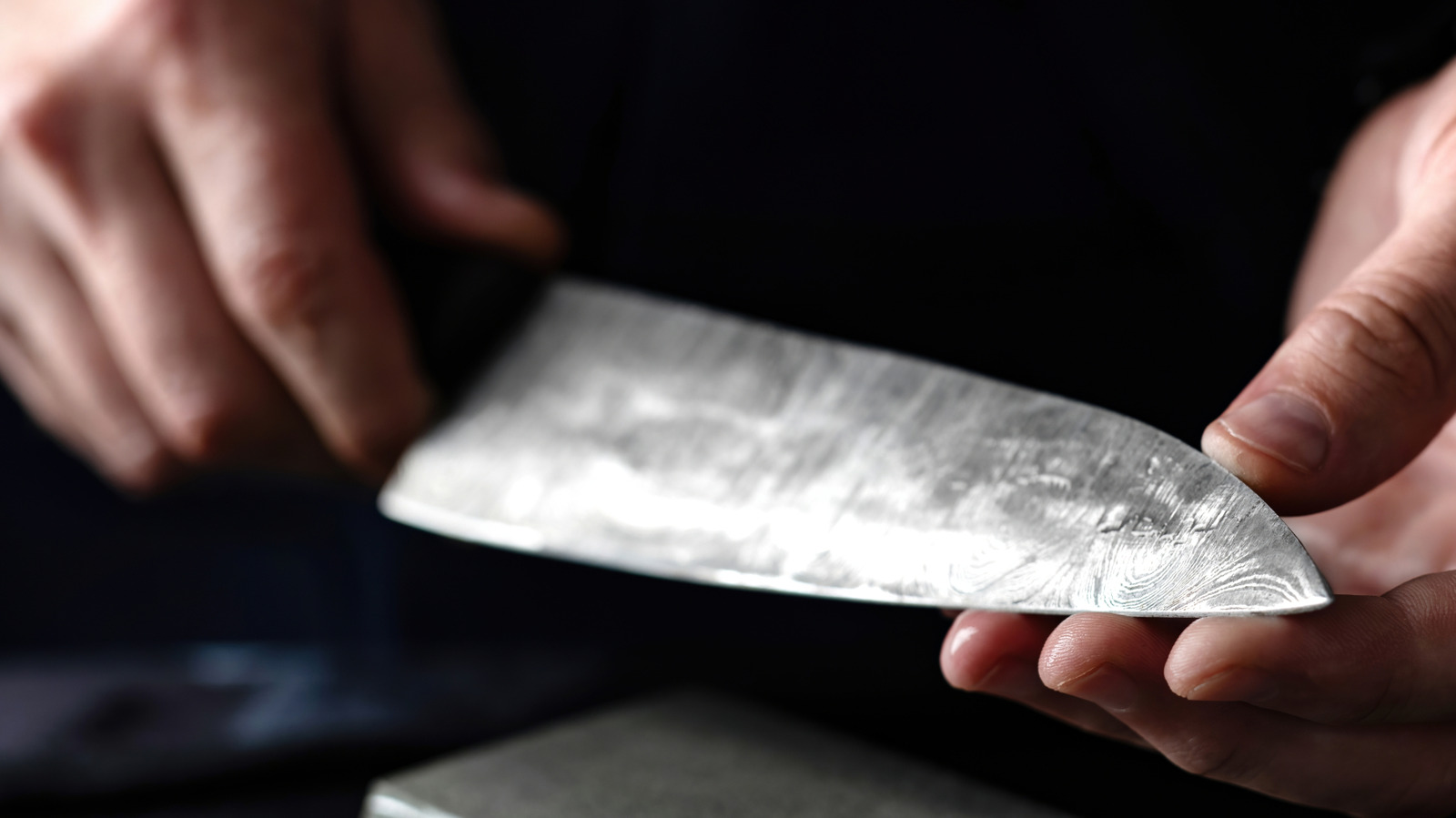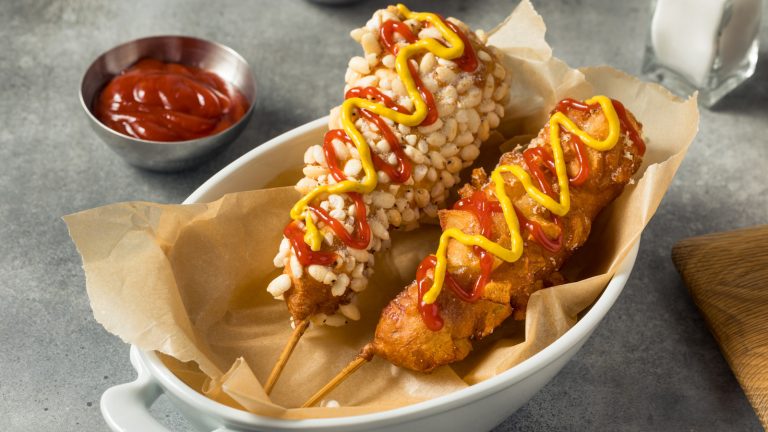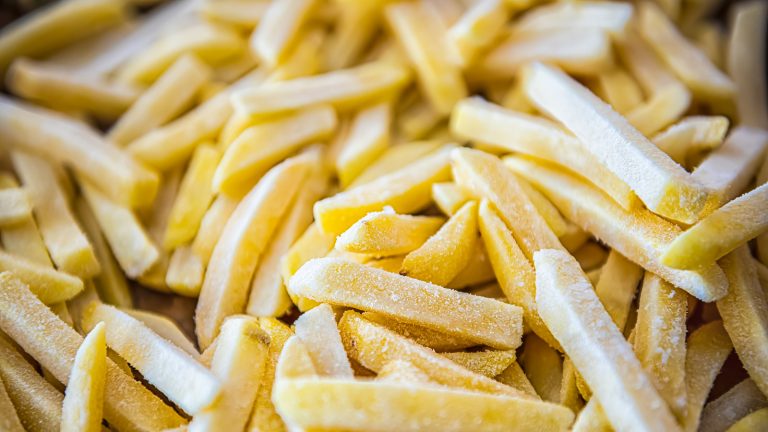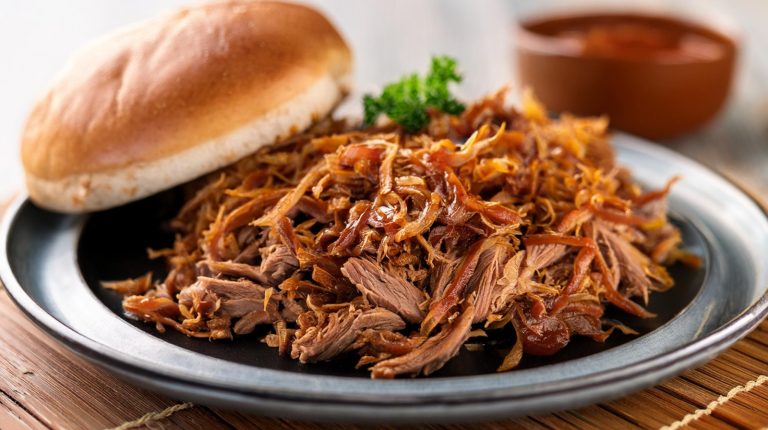We may receive a commission on purchases made from links.
It’s important to choose a good chef’s knife as they’re the workhorses of the kitchen, but even the best blades don’t last forever. While routine sharpening can extend the life of your knife, there comes a time when repair is no longer enough. Knowing the visual warning signs that your chef’s knife is ready for retirement can save you from frustration. Maintaining the knife is just as important as holding it correctly to prevent even injury, too. That’s why it’s important to look for key indicators like cracks, chips, and curves.
Cracks in the blade are one of the most serious signs of wear. Look closely at the blade near the bolster (the thick part where blade meets handle) or along the spine. Cracks can compromise the structural integrity of the knife, making it dangerous to use.
While small chips can sometimes be smoothed out with professional sharpening, larger or multiple chips along the blade are another red flag to watch for. These gaps can catch on food and make precise cutting nearly impossible. They also weaken the blade’s edge and lead to uneven wear.
More reasons why your knife may need more than sharpening
If your blade looks twisted or has a noticeable curve when held up to the light, it’s likely bent. A warped blade won’t make clean contact with the cutting board, which can affect your control and precision. While minor bends can occasionally be corrected by a professional, significant warping is usually a sign it’s time to replace the knife.
However, if your knife is simply dull but shows no structural damage, sharpening is likely all you need. But over time repeated sharpening can dramatically alter the shape of a knife, especially if done unevenly. If the edge looks rounded, asymmetrical, or if the blade no longer tapers to a fine point, the knife may be too far gone. A chef’s knife relies on a specific profile for balance and effective slicing — when that shape is lost, performance suffers. You should always avoid cutting through bone with your chef’s knife to keep it in good shape.
Your chef’s knife should feel like an extension of your hand. When visual damage starts to interfere with comfort or precision, do yourself a favor and replace it to rediscover the joy of effortless prep work. You could go all out and opt for a $108 Wüsthof chef’s knife from Amazon, or go for a less expensive $59 Paudin 8-inch knife with an ergonomic handle. There are plenty of options to choose from.






